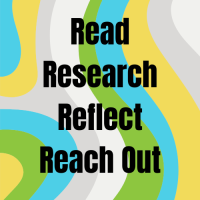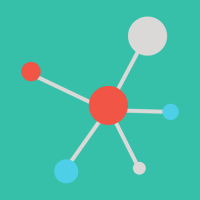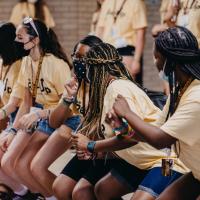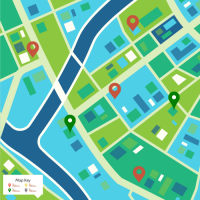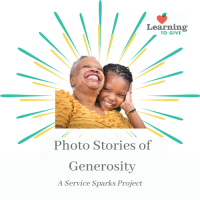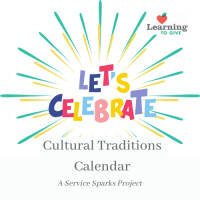The Free Breakfast for Children Program of the 1960s exemplified mutual aid and differed from traditional charity while still being a form of philanthropy. We discover and learn how the people of a community most affected by issues, including young people, are sometimes the most able to find ways forward to address needs.
- Read more about Mutual Aid and School Breakfast
- Log in or register to post comments
